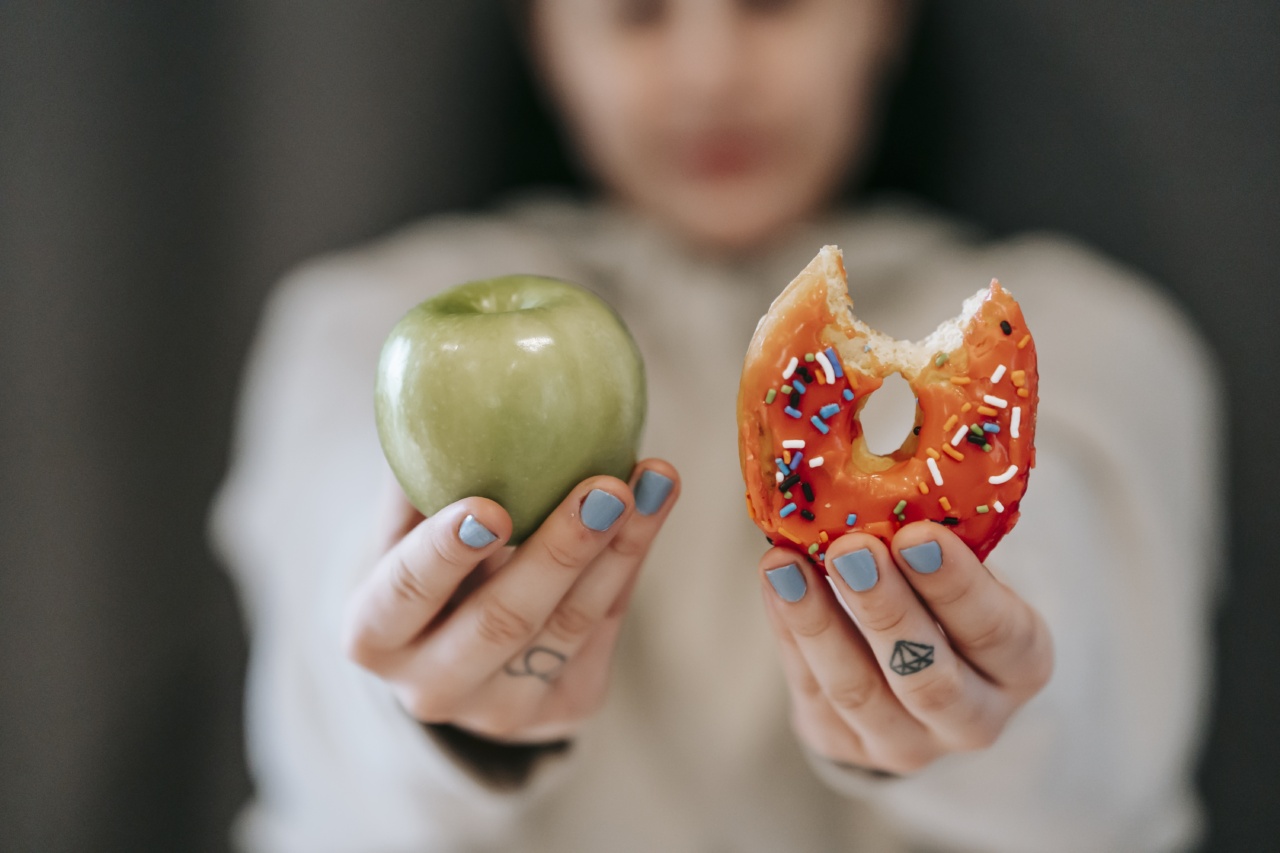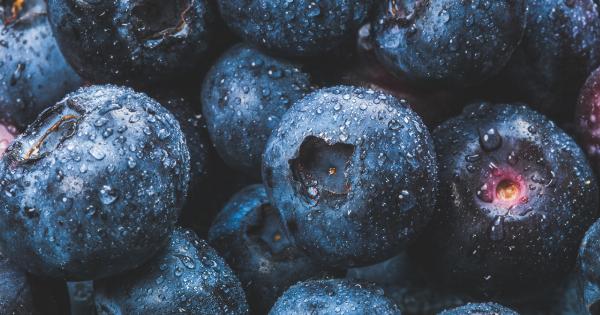Are you tired of constantly battling with your cravings for junk food and unhealthy snacks? Do you find yourself struggling to stick to a healthy diet, despite your best intentions? If this sounds like you, you’re not alone.
Many of us have overly indulged ourselves on fast food and confectionery, leaving our bodies feeling sluggish and unhealthy.
The good news is that it is possible to train your brain to crave healthy foods, and in this article, we’ll be sharing some top tips on how you can transform your tastebuds and start enjoying a healthier, more balanced diet.
Understanding Your Brain’s Connection to Food
Before we dive into the practical steps you can take to train your taste buds, it’s important to understand the science behind it. When it comes to food, our brains are wired to respond to pleasure.
When we eat something that’s high in sugar, salt, or fat, our brains release dopamine, a neurotransmitter that’s associated with pleasure and reward. Over time, we can become addicted to these brain-pleasing foods, craving them more and more, even if our bodies don’t really need them.
Studies have shown that it is possible to rewire our brains to crave healthier foods by consistently making healthier choices.
Essentially, by training your brain to associate healthy foods with pleasure and reward, you can start to change your food preferences and habits over time.
10 Tips for Transforming Your Tastebuds
1. Gradually Eliminate Unhealthy Foods
One of the first steps to training your brain to crave healthier foods is to gradually eliminate unhealthy options from your diet.
This can be a difficult step for some, but it’s important to remember that small changes over time can lead to big results. Start by cutting back on the amount of sugar, salt, and saturated fat you consume each day. Replace sugary snacks with fresh fruit, and choose lean proteins over fatty meats.
2. Add More Variety to Your Diet
Another way to train your taste buds is to add more variety to your diet. Experiment with new vegetables, spices, and seasonings to add flavor to your meals.
The more variety you add to your diet, the more chances you have to discover new healthy foods that you love.
3. Try Mindful Eating
Mindful eating is a practice in which you pay attention to your food and how it makes you feel. When you eat mindfully, you’re more likely to savor the flavors and textures of your food, and less likely to overeat or snack on unhealthy options.
To eat mindfully, try turning off all distractions (like your phone or TV) and focus solely on your meal. Pay attention to the smells, tastes, and textures of each bite, and try to eat slowly and appreciatively.
4. Incorporate Healthy Fats
While too much saturated fat can be unhealthy, incorporating healthy fats into your diet can be beneficial for your brain and your taste buds.
Foods like nuts, avocado, and olive oil are high in healthy fats that can help you feel full and satisfied, while also supporting brain health.
5. Use Herbs and Spices Instead of Salt
Salt is a common craving for many people, but it’s also one of the main culprits behind high blood pressure and other health issues. Try replacing salt with herbs and spices like basil, rosemary, and turmeric.
These flavorings can add an extra kick to your meals, without the negative health effects of too much salt.
6. Choose Low-Glycemic Foods
Low-glycemic foods are foods that don’t cause a rapid spike in blood sugar levels. These foods include whole grains, vegetables, and non-starchy fruits.
Choosing low-glycemic options can help you feel full and satisfied for longer, without the energy crashes and cravings that come with high-glycemic foods like sugary snacks.
7. Eat More Protein
Protein is an important nutrient that can help you feel full and satisfied for longer. Eating more protein can also help you maintain muscle mass and support weight loss.
Choose lean proteins like chicken, fish, and tofu, and try to incorporate protein into every meal and snack.
8. Make Healthy Swaps
Another way to train your taste buds is to make healthy swaps for your favorite unhealthy foods. For example, instead of potato chips, try making your own kale chips. Instead of sugary drinks, try drinking more water or herbal tea.
The more you incorporate healthy swaps into your diet, the more familiar and enjoyable they will become.
9. Get Creative with Healthy Snacks
Healthy snacks don’t have to be boring or bland. Get creative with your snacks by making your own trail mix, baking your own energy bars, or experimenting with homemade dips and spreads.
The more you enjoy your healthy snacks, the more likely you are to crave them over less healthy options.
10. Practice Self-Compassion
Finally, it’s important to practice self-compassion on your journey towards healthier eating habits.
Be patient with yourself, and remember that making small, consistent changes over time is the most effective way to train your taste buds and transform your relationship with food.
Summary
Training your taste buds to crave healthy foods is a process that takes time and commitment.
By gradually eliminating unhealthy options from your diet, adding variety, practicing mindful eating, incorporating healthy fats, choosing low-glycemic foods, eating more protein, making healthy swaps, getting creative with healthy snacks, and practicing self-compassion, you can start to change your food preferences and habits over time. Remember, small consistent changes can lead to big results.































